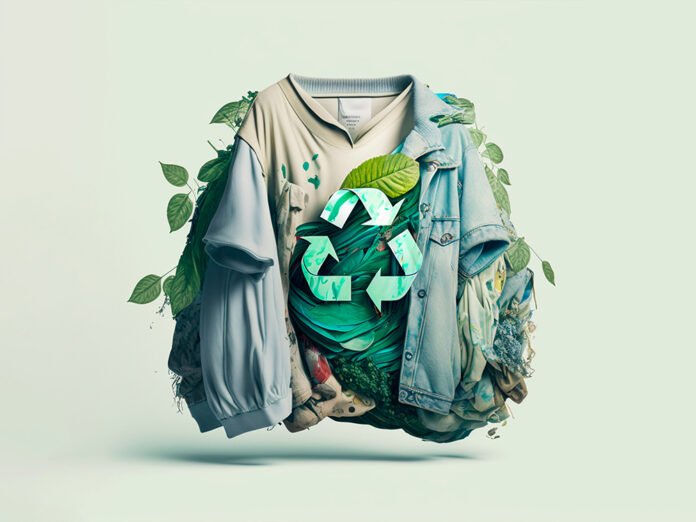The fashion industry is undergoing a transformative shift towards sustainability and environmental consciousness. This article explores the concept of sustainable fashion, highlighting the initiatives, practices, and trends that are redefining the clothing industry and promoting a more responsible and eco-friendly approach to fashion.
Sustainable fashion encompasses a range of practices aimed at reducing the environmental impact of the clothing industry. It emphasizes ethical sourcing, responsible production, and the use of sustainable materials. By adopting sustainable practices, the fashion industry seeks to address issues such as pollution, waste, and unethical labor practices.
One key aspect of sustainable fashion is the move towards a circular economy. This involves designing garments that can be recycled, repurposed, or biodegraded at the end of their life cycle. It encourages a shift away from the traditional linear model of “take-make-dispose” towards a more sustainable approach of “reduce-reuse-recycle.”
Sustainable fashion also focuses on the use of eco-friendly materials. This includes organic cotton, hemp, bamboo, and other sustainable fibers that require fewer chemicals and water during production. Additionally, innovative materials made from recycled or upcycled materials, such as plastic bottles or discarded textiles, are gaining popularity.
Fair trade and ethical labor practices are integral to sustainable fashion. Brands are increasingly prioritizing transparency and accountability throughout their supply chains, ensuring fair wages, safe working conditions, and the empowerment of workers. Supporting fair trade initiatives helps promote social justice and improve the livelihoods of garment workers.
Conscious consumerism plays a crucial role in driving sustainable fashion. Educating consumers about the environmental and social impacts of their purchasing choices empowers them to make informed decisions. By choosing quality over quantity, buying from sustainable brands, and embracing a “less is more” mentality, consumers can contribute to a more sustainable fashion industry.
Collaboration and innovation are key drivers of sustainable fashion. Designers, brands, and organizations are partnering to share knowledge, develop sustainable practices, and create collective impact. Technology is also playing a role, with advancements in materials science and manufacturing processes enabling more sustainable and efficient production methods.
Despite the progress made, challenges remain in achieving a fully sustainable fashion industry. These include scaling sustainable practices, overcoming cost barriers, and changing consumer behavior. However, as awareness and demand for sustainable fashion continue to grow, the industry is responding with increased innovation and commitment to environmental consciousness.
Sustainable fashion is redefining the clothing industry for environmental consciousness. Through initiatives such as circular economy practices, the use of sustainable materials, ethical labor practices, and conscious consumerism, the fashion industry is striving towards a more responsible and eco-friendly future. By embracing sustainable fashion, we can contribute to a more sustainable world while still expressing our individual style.



